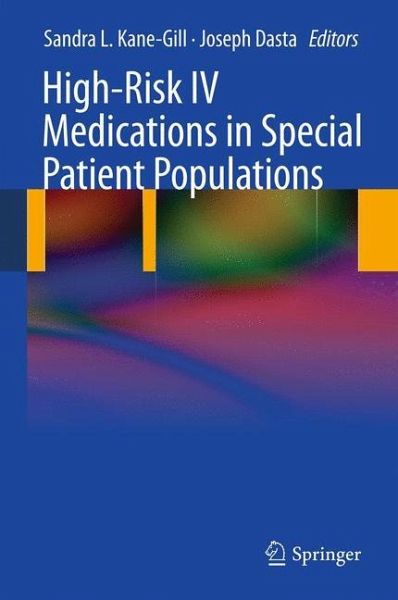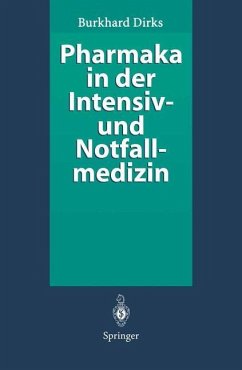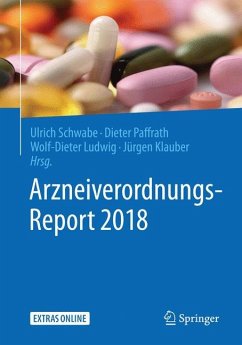
High-Risk IV Medications in Special Patient Populations

PAYBACK Punkte
38 °P sammeln!
Critically ill patients are at risk for a higher frequency and severity of adverse drug events (ADEs), and special patient populations of the critically ill requiring for instance individualized dosing due to non-average weight, hepatic or renal dysfunction, extracorporeal circulation devices, advanced age, pharmacogenetic alterations, hemodynamic instability, or therapeutic hypothermia are particularly challenging. A contributing factor to this is the use of high-risk medications with many administered intravenously (IV). Hypervigilant monitoring of high-risk medications is still essential to...
Critically ill patients are at risk for a higher frequency and severity of adverse drug events (ADEs), and special patient populations of the critically ill requiring for instance individualized dosing due to non-average weight, hepatic or renal dysfunction, extracorporeal circulation devices, advanced age, pharmacogenetic alterations, hemodynamic instability, or therapeutic hypothermia are particularly challenging. A contributing factor to this is the use of high-risk medications with many administered intravenously (IV). Hypervigilant monitoring of high-risk medications is still essential to prevent patient harm, especially in populations that have dosing challenges, hence, regulatory bodies internationally require active institutional surveillance of high-risk medications. These dosing challenges are a great safety concern, since there is considerable risk of unwanted adverse drug events from overdosing or therapeutic inefficacy from underdosing.
High-Risk IV Medications in Special Patient Populations reviews high-risk IV medication dosage considerations for special patient populations and discusses the safety concerns of these medications to aid the clinician in cautious monitoring. The authors provide clinicians with tools to minimize adverse drug events with IV high-risk medications, while maximizing the beneficial clinical effects of these drugs, thus making this book essential reading for all involved with the care of critically ill patients.
High-Risk IV Medications in Special Patient Populations reviews high-risk IV medication dosage considerations for special patient populations and discusses the safety concerns of these medications to aid the clinician in cautious monitoring. The authors provide clinicians with tools to minimize adverse drug events with IV high-risk medications, while maximizing the beneficial clinical effects of these drugs, thus making this book essential reading for all involved with the care of critically ill patients.














